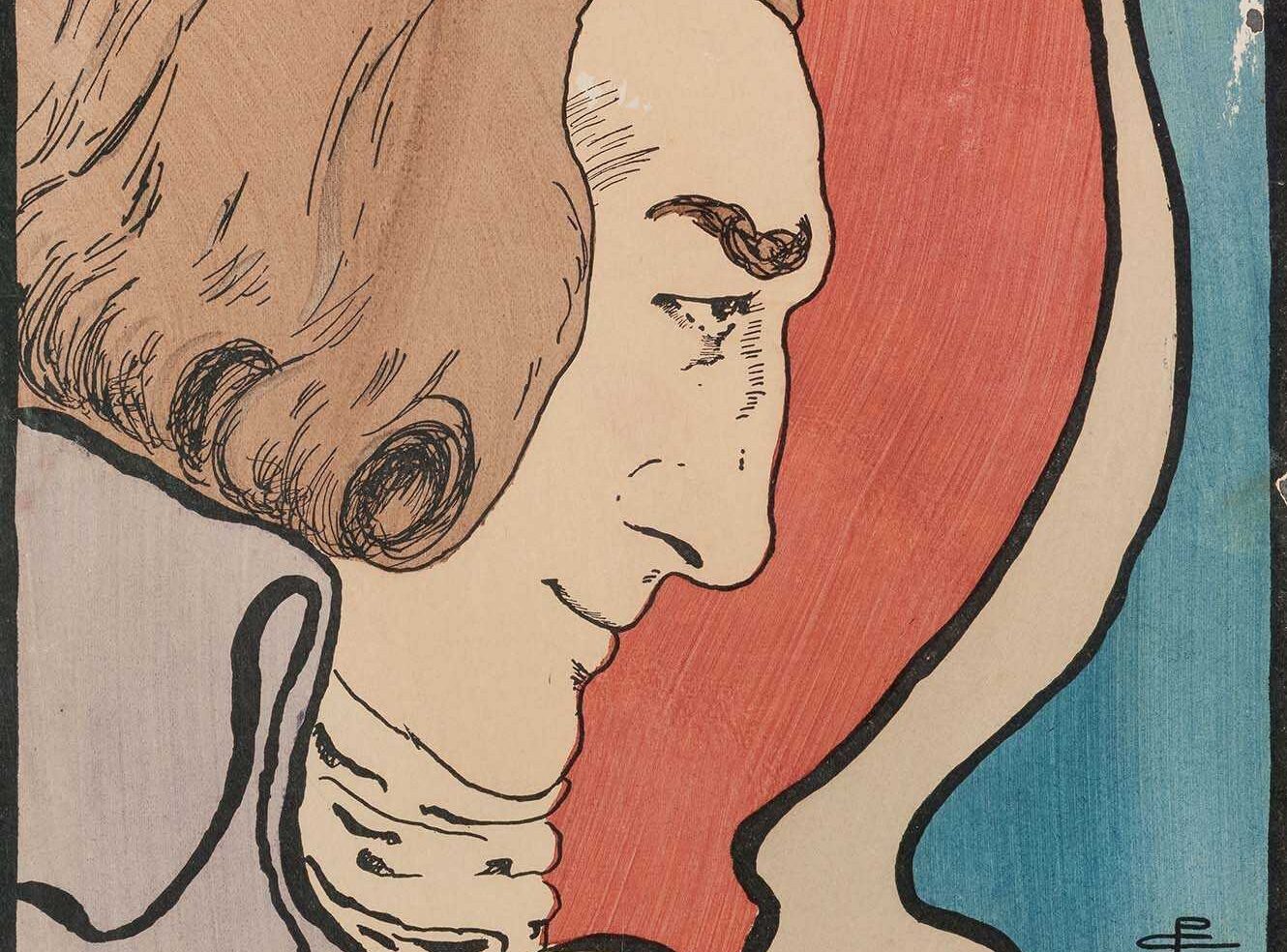Using Mass Observation Online in the Classroom: A Case Study at Bristol University
One of the best parts of my role in the Academic Outreach team here at AM is working with faculty and instructors to integrate our primary source collections into undergraduate teaching. While there is a significant user base of independent scholarly researchers, we also have many undergraduate instructors who want to build specialist primary source content into their students' learning.
Dr Saffron Karlsen and Dr Miriam Snellgrove are both faculty in the Sociology Department, Bristol University and run the second year undergraduate module 'Investigating the Social'. The module focusses on introducing students to different kinds of empirical research methods and experience in planning and carrying out research using these qualitative research methods. Miriam and Saffron were keen to build Mass Observation Online into week six of the course, with a particular focus on diary methods, and that's where I came in.
Mass Observation Online is a digital resource sourced from the Mass Observation Archive at the University of Sussex. It was a social research organisation, founded in 1937 to create an "anthropology of ourselves" through a board of diarists, directive questionnaires, passive observation of everyday life, and sociological surveys. These research methods aimed at building a bank of sociological data on everyday life in Britain.
.
 Image (c) University of Sussex. Further reproduction prohibited without permission.
Image (c) University of Sussex. Further reproduction prohibited without permission.
My first stop was to help deliver the week 6 lecture for this module. We worked through Mass Observation Online, what it is, how to use the digital archive and how it could fit into the students' Week 10 assessments. The main part of the week followed on from this. I spent three days in the computer labs with the second-year students to aid them in finding Mass Observer diaries that they could use as qualitative data for their project work. As well as providing technical support for the students, I was really keen to passively observe their research behaviour and draw some findings from watching them work uninterrupted. Refining our resource platforms is a constant process for the Outreach, Editorial and Technical teams at AM, and working with faculty/students to identify pain points and research habits is essential to improving our platform functionality and adapting to how primary sources are engaged with, in the classroom.

Students learn the basic of searching documents by metadata
A lot of the diary material in Mass Observation is handwritten and indexed with descriptive metadata. Some of the students initially found some difficulty in finding relevant handwritten material based on the search term they were using. A few students commented that they expected the database to 'pick up what they meant' from their search terms rather than having to adapt their own search terms to the indexing and metadata in the database. This is something I've seen before when working with undergraduate students. We resolved this really easily, by pointing students to the 'Popular Searches' tab which lists popular terms in the diaries’ metadata; but this finding does feed into a wider debate about whether primary source discovery should bend and learn user behaviour with features such as 'suggested searches' or adaptive searching, or whether users should learn the language of the database and its documents.

Students browse the directive questionnaires
If you'd like to find out more about using AM primary source collections in the classroom or would like to a free trial or pricing of Mass Observation Online, please do get in touch: info@amdigital.co.uk.
Recent posts

Foreign Office, Consulate and Legation Files, China: 1830-1939 contains a huge variety of material touching on life in China through the eyes of the British representatives stationed there. Nick Jackson, Senior Editor at AM, looks at an example from this wealth of content, one diplomat’s exploration of Chinese family relationships and how this narrative presented them to a British audience.

The Nineteenth Century Stage is a rich resource exploring the theatrical celebrities, artistry, and changing social roles of the era. It highlights Pamela Colman Smith, known for her Rider-Waite tarot illustrations and theatre work, whose influence shaped Victorian theatre. Despite being overlooked, her life and impact are vividly captured through striking art and intimate collections within this valuable resource.
